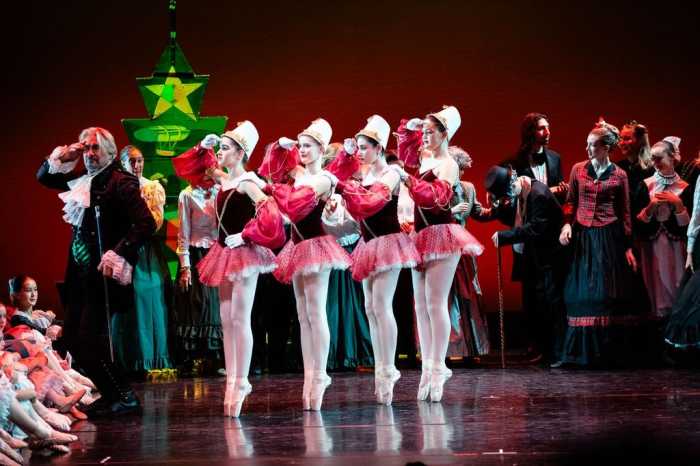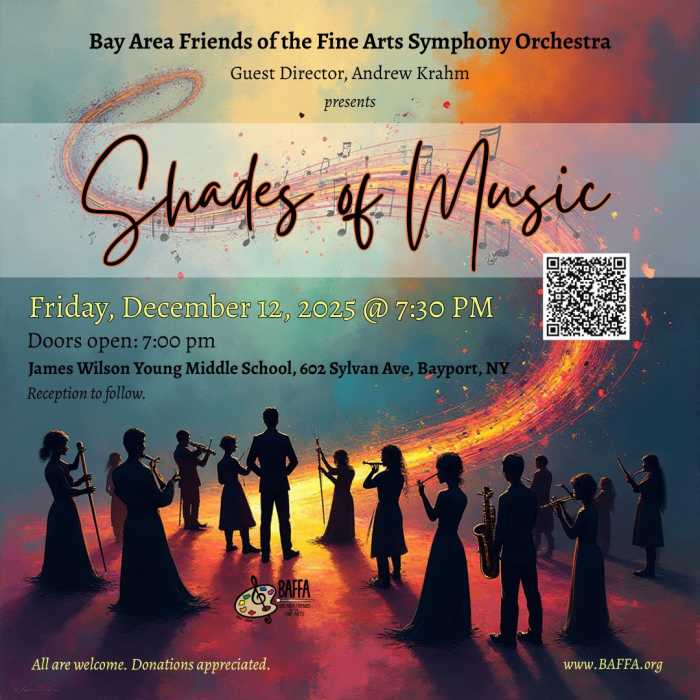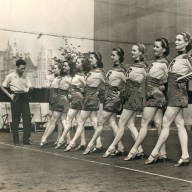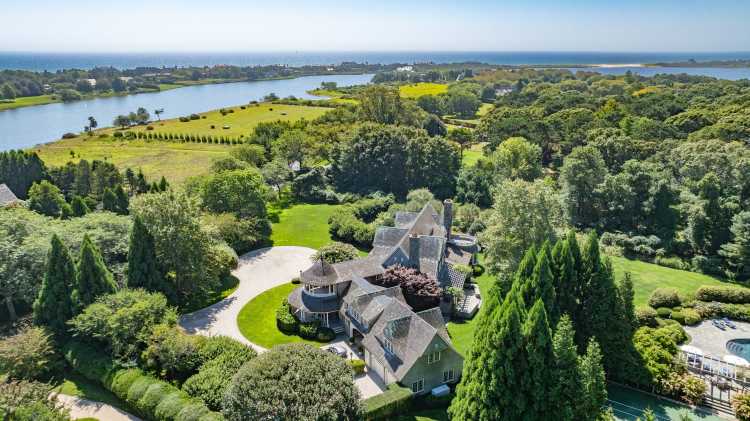
Just before 8 a.m. on the last morning of 2015, a group of serious birders are gathering in a small parking lot by Lido Beach on Longboat Key, FL. The air is so thick with humidity that you swim in it rather than breathe it. Two of Sarasota’s best birders, John Ginaven and Stu Wilson, are leading a birding walk here.
If there were a PhD in birding, you’d want to be in their classes. For me, today’s walk is one. Stu says that the walk we’re doing today is one he’s done a million or two million times and it’s respite from the crush of civilization. I fully share that sentiment and I’m going to fall hard under the spell of the “old Florida” portion of this walk.
The Beach
We see five parakeets on a wire. John says, “Oh, there go seven of them.” What eyes. As we start walking John tells us, “Watch out for snowy plovers, as they stay in the footprints.” He also says that there are supposed to be sharks’ teeth among the mounds of shells in the sand.
A loon dives and surfaces, rears up, flaps its wings and dives again. A snowy egret flies to a branch partly submerged in the water and succeeds in snatching a fish. Stu sees a magnificent frigatebird on the horizon. At first it’s a speck but gets bigger. The magnificent frigate bird is 40-inches long with a 7.5-foot wingspan, which is wider than some NBA centers are tall.
Frigatebirds date back in the fossil record some 50-million years. Soaring on wind currents the frigates swoop down taking mainly small fish and also jellyfish, squid, small terns, eggs and turtle hatchlings. They are black and have long, dramatically bent back, sail-like wings, deeply forked tails and a hooked beak. One of their nicknames is “man-o’-war bird” deriving from old time sailors who thought that they resembled sleek frigate sailing ships used by tropical seas’ pirates. Columbus saw them in 1492 going across the Atlantic while passing the Cape Verde Islands.
The Woods
Off the beach are woods with a narrow path that disappears into them. Near that path is a large pond in the center of which is a very wide, weathered tree stump. It looks as if Native Americans used it for a ceremony long ago. There’s a feeling of spirituality here.

I leave the group momentarily to take this in. It’s so quiet here that all I hear is my beating heart. Further off the beaten path is a dark, still, silent meandering creek. A great blue heron lazily flaps by. This is old Florida; tree stumps, small palm trees in an out-of-the-way area where a path ends. This looks like a place where settlers called “crackers” came in the late 18th century and left their mark in the wilderness of South Florida. It’s an oasis in a world gone mad with technology, terrorists and global warming. But I must get back with the group because I’ll never find my way out of here.
There are numerous birds here. A perching male red-bellied woodpecker seemingly jumps out of the leaves showing its red cap and black and white ladder-backed back. Oddly, its red belly isn’t red but instead it’s a rosy blush. The bird’s sound is similar to that of a squeaky rubber doll. An Eastern phoebe with a grayish brown back and pale yellow breast and belly, lands on the same tree using what someone calls a “breast stroke.” A member of the flycatcher family, it takes insects in the air from a low perch. Relatively small at 7-inches the phoebe is nicknamed “pee-wee” or “tick bird.”
In birders’ shorthand “palms” and “pines” aren’t trees but rather two 5.5-inch warblers. Palm warblers feed on the ground while twitching their tails up and down. There are some pine warblers in the tall trees as they favor pine trees. Warblers are mercurial and perch for mere seconds.
In Stu’s birding scope is a perching yellow-rumped warbler that is offering a lengthy view. The yellow rump is quite pale in winter but there’s some yellow on the side with black lines that make it so appealing. In a tree is the dark silhouette of a red-shouldered hawk. This bird is a Florida specialty, being paler than the same red-shoulders found outside the state. In a gaggle of splayed feathers, it leaves the branch on which it was perching.
Bewitched
There’s a bird no one sees but we all hear the “kissing” sound that it makes. Mysterious. In the crook of a tree branch is the dark silent form of a mourning dove. Something comes over me; it’s almost like reverence, as if I’m looking at the spirit of a bird. Around us trees have been chopped or cut down. Will the ghosts of those early settlers come out and look at us? Stu spots the platform nest of a yellow-crowned night-heron. I see nothing. He must be a spiritual descendant of the early “crackers.”
I think Stu’s talk has had an effect on me but this place definitely does something to you. I really feel I’ve walked into old Florida and am delightfully bewitched. As we go through a fence to leave there’s a field to our left. There, on a large dead tree, are two osprey and a their nest. Enchanted by this place I almost miss it.
I’d like to take my birding class here but right now I’d get lost. However, Stu or John can draw me a map. I’ll have to come here several times to feel comfortable before I take a group. Maybe I’ll just take them to the tree stump, the pond and the creek. They’ll like this piece of old Florida, perhaps even become charmed by it.


































